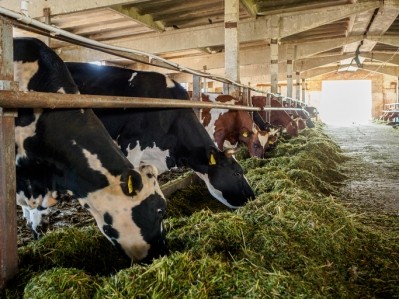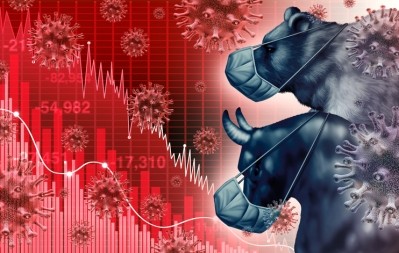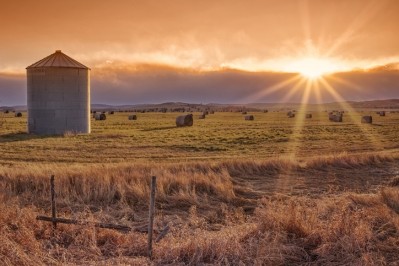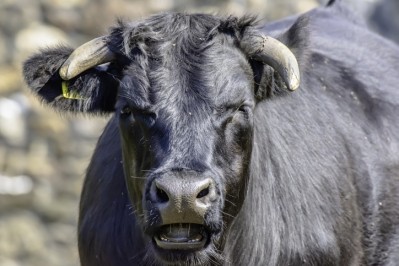special edition: reports from IPPE
Beef biosecurity planning assesses risk, viability
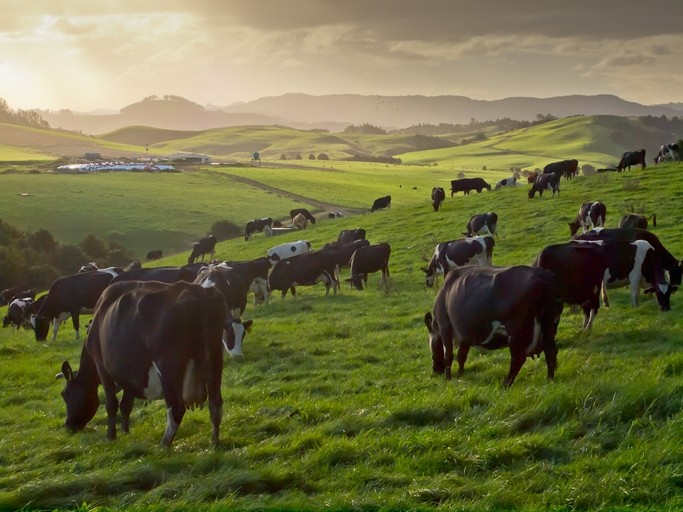
Following the Biosecurity Symposium – Biosecurity in the face of foreign animal disease – at the International Production and Processing Expo (IPPE) in Atlanta, Georgia, we caught up with Mike Sanderson, professor of epidemiology and beef production at Kansas State University.
During the conference, he spoke about the challenges of implementing biosecurity practices that beef producers face. “I was asked to talk about beef biosecurity and what’s going on now and what’s possible, reasonable to accomplish, and to some extent how would things be different if a foreign animal disease for cattle [appeared],” he told us.
The beef industry faces several challenges to implementing some biosecurity measures being taken by producers of livestock species like poultry and swine, because of the differences in the production system, he said.
Perimeter control for many beef producers tends to focus on keeping a herd contained, Sanderson said. “You can keep the cows in, and you can’t necessarily keep the neighbor’s bull from jumping in, but you can’t keep the wildlife from getting in or the birds from flying in.”
One value to raising cattle, and why they may require relatively open spaces is that they can digest grass into products like meat and milk, he said. “If they can’t utilize grass resources they’re not so useful – because that is the value of a ruminant.”
Assessing disease risk
Recently, the beef industry has not had to respond to a major disease challenge with a high fatality rate like some of the other species have faced with porcine epidemic diarrhea virus (PEDV) or highly pathogenic avian influenza, said Sanderson.
“We haven’t had a PEDV and we don’t have PRRS. We don’t have the really challenging diseases that are sort of single-agent types of things,” he said. “There isn’t the upside from really good biosecurity that you’d have in swine or poultry, nor is there near the downside of marginal biosecurity.”
The disease of highest concern is foot and mouth disease (FMD), he said.
“That’s the big dog that would devastate the industry if it came and it’s the one that’s most likely from a cattle standpoint,” Sanderson said. “Cattle don’t get ASF, so that’s not a concern, classical swine fever isn’t an issue – we can come up with a long list of foreign animal diseases, but we’re not actually all that concerned that they’re going to show up.”
An initial consideration for the industry is not allowing the disease to enter the US, he said. However, that is addressed by the US Department of Agriculture.
If the disease entered the US, then it would become more of an issue for producers, he said. Recommended plans to manage transboundary disease outbreaks have been developed – including through the secure beef supply plan and similar plans address swine, poultry and milk.
Considering biosecurity implementation
Appropriate biosecurity practices depend on the disease threat, said Sanderson. If a disease like FMD came to the US, an increased level of biosecurity would be needed.
Without an immediate direct disease threat, biosecurity practices to control risk have to assess how likely a threat is going to be and how much will it cost, he said. “You can’t, as a business, spend money on stuff that doesn’t return anything.”
Although an outbreak of FMD would have a high cost, it may not be likely to happen, he said. “We’ve gone a long time without it and … we don’t know if or when we will get it.”
“There’s been a fair amount of interest and work on what you need to do to prepare for the level of biosecurity you’ll need if FMD does show up, which is not the level of biosecurity that you should have now,” he said. “Currently, FMD level biosecurity would cost too much and it’s not going to give you sufficient return for what it would cost.”
If FMD were introduced, producers would need to have stricter control of people and vehicles moving on and off the operation and a monitoring plan to check cattle, Sanderson said. “That helps quickly identify any signs that are indicative of FMD so that you can recognize it as soon as possible and control the risks.”
“From a producer’s standpoint, those are the two really big things they would be doing,” he said. “There would be stuff related to how cattle move, [but] that would be state animal health officials and USDA officials to some extent dictating who can move, and when, and in what circumstances.”
However, for cow-calf producers there could be some inexpensive ways to improve current biosecurity, he said. These include knowing more information about the health status of the herd being purchased from including reproductive performance and disease presence.
“The industry would adapt to anything it needs to adapt to as long as it’s economically viable – if the disease risk was high enough that it would justify particular biosecurity practices they’d do it,” he said. “But it’s not economically viable … the cost to do it would be huge and the benefit would be marginal at best.”
Feed considerations
Another facet of cattle production that would need to be assessed in an FMD outbreak would be feed, said Sanderson.
“I don’t think we’re as extensively exposed there as the swine industry,” he added. Locally produced silage tends to be a primary feed ingredient for feedlot cattle in addition to ingredients like corn, soybean meal or cottonseed meal, which are often grown in the US.
However, if FMD were to contaminate feed that could become a big risk, he said. “If we get FMD, feed will have to be something that we would be very cautious about because if it got contaminated – that could spread it around fast.”
The industry also may benefit from the work being done to address swine producers’ concerns regarding feed contamination and African Swine Fever (ASF), he said. “If there’s an outbreak, the fact that the swine people have pushed the feed mills to get ready will be very valuable.”
